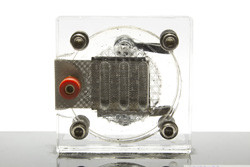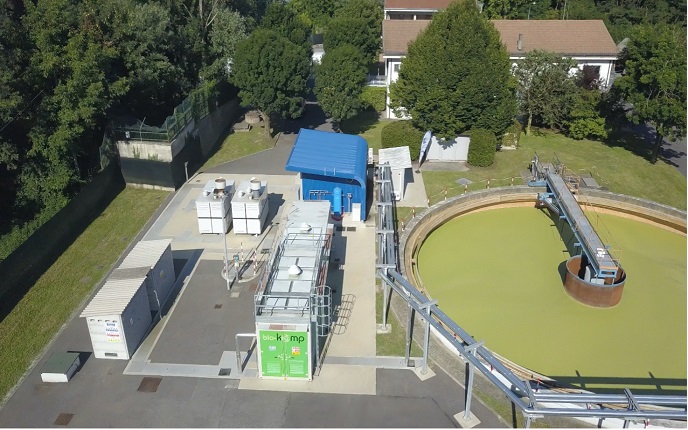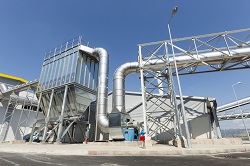New material for lower-cost fuel cells
Bipolar plates (BPs) are a key component of proton exchange membrane fuel cell (PEMFC) systems, constituting approximately 80 % of their volume. Making them robust, thinner and more lightweight would significantly cut down PEMFC costs and help capture larger portions of the mass market. EU funding of the 'Fuel cell stack assembly and diagnostics' (ELECTROCHEM) project enabled scientists to seek ways to reduce stack size, weight and cost. Focus was placed on lowering costs with existing materials and developing new manufacturing technologies that should improve yield and quality. Work was geared towards developing BPs from expanded graphite. Scientists characterised graphite materials with resin in terms of their mechanical properties, electrical conductivities, corrosion resistance and contact angles. The composite materials were prepared by compression moulding and curing. Compared to BPs made from commercially available materials, graphite composite ones exhibited higher material strength and electrical conductivity as well as lower electrical resistivity and stiffness. In addition, they were thinner and more lightweight. The manufactured plates were also characterised in terms of their electrochemical performance at a fuel cell setting in accordance with the fuel cell testing protocols. Scientists performed measurements in a membrane electrode assembly (MEA). With BP thickness of approximately 1.5 mm, they could obtain performances as much as 1 W/cm2. At least 25 MEAs were required to obtain 100 W net power. ELECTROCHEM helped Turkey make its way in hydrogen energy technologies. It also enabled the partner institute to further increase its capability, testing and characterising not only of BPs but also other PEMFC materials. This should help further fuel cell and material research in the future.







